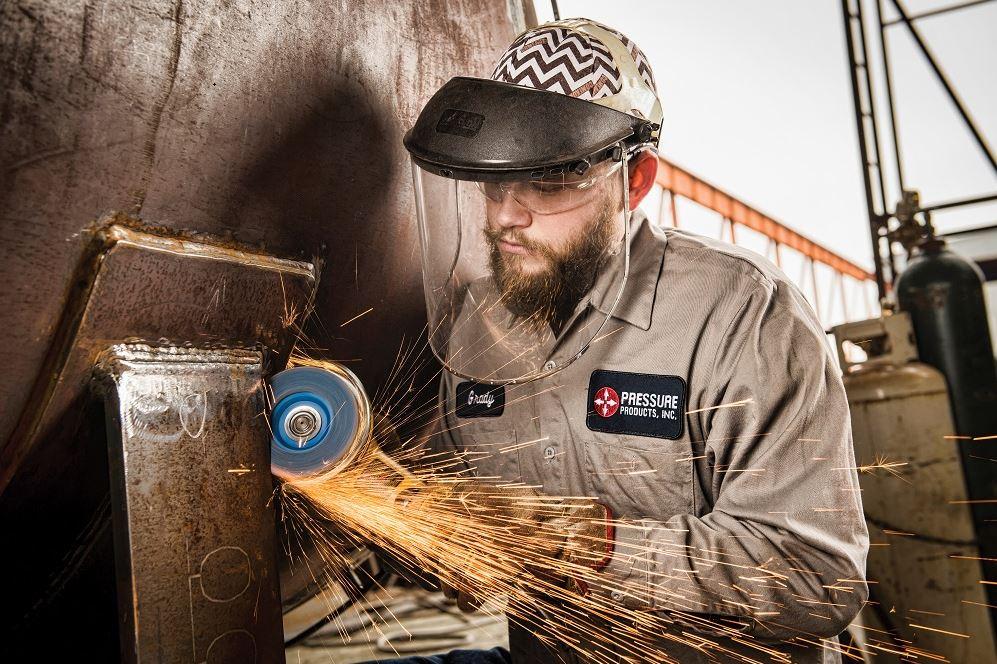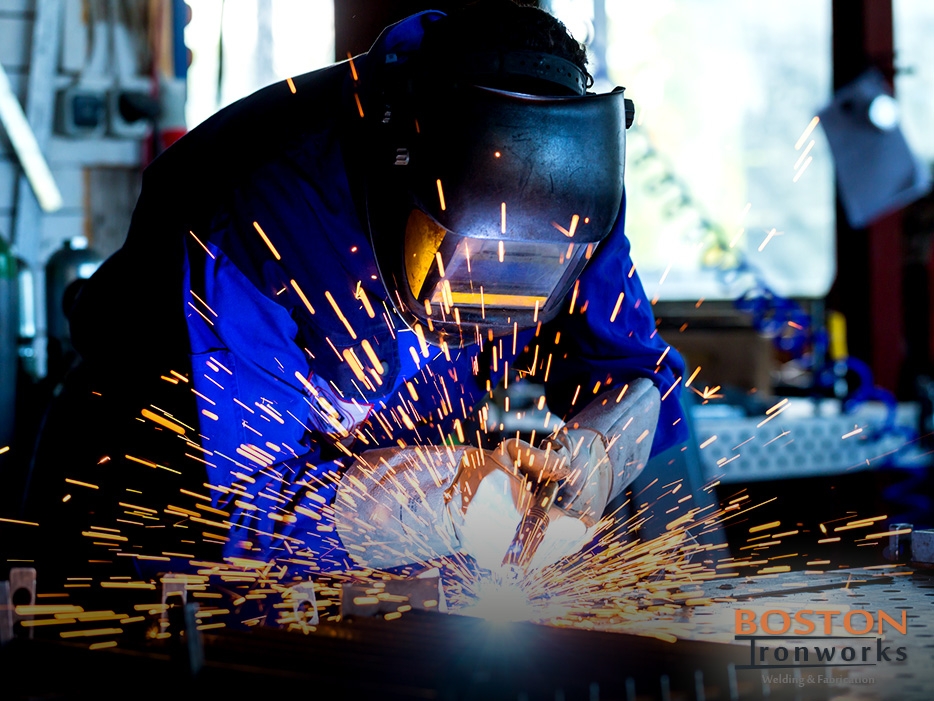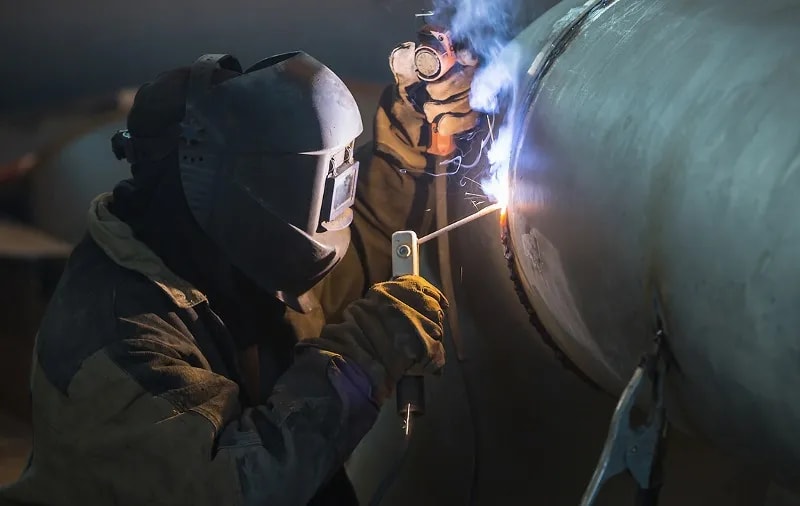Typical Welding Repair Service Issues and How to Address Them Successfully
Welding fixings typically run into a variety of issues that can jeopardize the stability of the final item. Common issues include inadequate penetration, porosity, and misalignment, among others. Each issue presents unique challenges that require specific strategies for resolution. Recognizing these concerns is crucial for welders intending to boost their skills and results. This conversation will discover these common welding repair service issues and efficient methods to resolve them.
Poor Penetration
Poor infiltration happens when the weld metal falls short to completely fuse with the base material, causing weak joints and potential structural failures. This concern frequently stems from insufficient warmth input, wrong electrode angle, or inappropriate welding speed. Welders may experience insufficient infiltration because of a miscalculation of the required criteria for a particular product density or kind. Furthermore, contamination on the base material's surface area can hinder effective bonding, worsening the problem. To address inadequate infiltration, welders must ensure suitable setups on their equipment and maintain a clean work surface area. Regular inspection of welds is advised to determine any type of shortages early, allowing for prompt improvements and the prevention of compromised architectural stability in welded assemblies.
Porosity
Porosity is a typical problem in welded joints that manifests as small gas bubbles caught within the weld steel. This problem can compromise the integrity of the weld, leading to lowered strength and possible failure under anxiety. Fabrication. Porosity typically emerges from contamination, dampness, or improper welding methods, which enable gases to run away right into the liquified weld swimming pool. To attend to porosity, welders need to assure proper surface area prep work, keep a clean workplace, and utilize appropriate welding parameters. Additionally, picking the best filler product and securing gas can reduce gas entrapment. Regular assessment and screening of welds can help determine porosity early, assuring timely corrective activities are taken, thus maintaining the quality and reliability of the welded framework
Misalignment
Misalignment in welding can arise from various aspects, consisting of inappropriate setup and thermal development. Understanding the origin triggers is important for effective resolution. Several improvement strategies are available to realign parts and ensure structural honesty.
Reasons for Imbalance
Welding imbalance often comes from a selection of underlying concerns that can compromise structural honesty. One primary reason is incorrect fit-up of elements before welding, which can cause voids and unequal surface areas. Variations in thermal expansion throughout the welding process can also result in distortion, specifically if the materials being joined have various coefficients of expansion. In addition, poor clamping and fixturing may fail to hold parts firmly in position, causing motion during welding. Inadequately kept equipment, including welding devices and tools, might present inconsistencies in the weld bead, more contributing to misalignment. Driver error, stemming from not enough training or experience, can likewise play a significant function in creating misaligned welds.

Improvement Strategies Available
Attending to imbalance efficiently calls for a mix of restorative strategies customized to the details problems at hand. One usual method is using jigs or components to hold elements in the correct setting throughout welding, guaranteeing consistent alignment. Furthermore, preheating the materials can help in reducing distortion and improve fit-up. For significant misalignment, mechanical realignment techniques, such as making use of hydraulic jacks or clamps, can be employed to correct the position prior to welding. Post-weld warmth therapy might likewise be necessary to eliminate anxieties caused by imbalance. Finally, cautious assessment and adjustment throughout the setup phase can protect against imbalance problems from ending up being considerable issues, advertising a smoother welding process and enhancing overall structural stability.
Distortion
Distortion is a typical difficulty in welding that can develop from various variables, consisting of irregular home heating and air conditioning. Recognizing the root causes of distortion is crucial for carrying out efficient avoidance techniques. Resolving this concern not only enhances architectural honesty yet likewise improves the overall quality of the weld.
Sources of Distortion
When subjected to the extreme warm of welding, products typically undergo modifications that can cause distortion. This phenomenon mainly occurs from thermal expansion and tightening during the welding process. As the weld location warms up, the product increases; upon cooling, it contracts, which can create internal tensions. Furthermore, irregular heating across a workpiece can exacerbate these tensions, resulting in bending or bending. The sort of product also plays a considerable function; metals with differing thermal conductivity and coefficients of growth might respond in a different way, bring about uncertain distortions. Inadequate joint style and insufficient fixturing can add to imbalance throughout welding, raising the likelihood of distortion. Comprehending these reasons is necessary for effective welding repair work and prevention techniques.
Avoidance Techniques
Efficient prevention techniques for distortion during welding concentrate on managing warmth input and ensuring appropriate joint design. Keeping a regular warm input helps you can try these out to reduce thermal expansion and tightening, which can cause distortion. Using strategies such as pre-heating the workpiece can also lower the temperature gradient, promoting consistent heating. Furthermore, picking ideal joint layouts, such as T-joints or lap joints, can boost security and reduce anxiety concentrations. Implementing appropriate fixturing to safeguard the work surfaces in position better help in preserving positioning throughout the welding process. Staggered welding sequences can disperse heat extra equally, avoiding local distortion. By using these methods, welders can greatly decrease the possibility of distortion and improve the general top quality of their welds.
Cracking
Splitting is a typical problem encountered in welding heliarc fixings, frequently arising from various factors such as inappropriate air conditioning prices, product choice, or inadequate joint preparation. The occurrence of cracks can considerably compromise the integrity of the weld, bring about potential failures during operation. To resolve this issue, welders should initially evaluate the source, guaranteeing that materials are compatible and appropriately chosen for the specific application. Furthermore, managing the cooling rate throughout the welding process is important; rapid cooling can cause stress and anxiety and bring about breaking. Proper joint design and preparation also add to lessening the risk. Executing these methods can improve weld top quality and durability, ultimately lowering the chance of splitting in completed weldments.

Insufficient Blend
A significant concern in welding repairs is insufficient blend, which occurs when the weld metal does not properly bond with the base product or previous weld passes - Welding. This flaw can cause weaknesses in the joint, possibly jeopardizing the integrity of the bonded structure. Variables contributing to insufficient blend consist of not enough warmth input, improper welding method, and contamination of the surfaces being signed up with. To address this concern efficiently, welders need to ensure appropriate pre-weld cleansing and surface area preparation, along with change their welding parameters to achieve sufficient infiltration and blend. Regular evaluation throughout the welding procedure can likewise help recognize incomplete fusion early, enabling timely corrective measures to enhance the total high quality of the weld
Overheating
While welding repairs can enhance structural stability, overheating offers a significant difficulty that can bring about material degradation. Excessive warm throughout welding can change the mechanical residential or commercial properties of metals, causing decreased toughness, increased brittleness, and warping. visit this site This sensation is particularly important in high-stress applications where structural dependability is vital. Recognizing getting too hot can entail aesthetic examinations for staining or distortion, along with monitoring temperature level during the welding procedure. To reduce the threats connected with getting too hot, welders should use appropriate techniques, such as managing warmth input, adjusting travel rate, and utilizing ideal filler materials. Additionally, executing pre- and post-weld warmth treatments can aid bring back material residential properties and improve the total top quality of the repair service, ensuring long-lasting performance and safety and security.
Regularly Asked Questions
What Are the Usual Indicators of a Welding Defect?

Just How Can I Test My Welds for Quality?
To evaluate welds for high quality, one can use visual evaluations, ultrasonic testing, and radiographic approaches. Each method guarantees architectural stability, recognizes defects, and validates adherence to specified standards, eventually enhancing the integrity of the bonded joints.
What Safety and security Safety Measures Should I Take While Welding?
When welding, one should prioritize security by putting on suitable individual protective devices, guaranteeing correct air flow, securing combustible products away, preserving a clean workspace, and understanding environments to stop injuries and accidents.
Can I Repair a Weld Without Redoing the Entire Joint?
Repairing a weld without renovating the entire joint is feasible, depending upon the damages (Belgrade). Strategies such as grinding, including filler product, or utilizing a welding process can successfully deal with details imperfections while maintaining the surrounding structure
What Devices Are Necessary for Effective Welding Repair Works?
Necessary devices for efficient welding fixings include a welding equipment, cord brush, mill, safety equipment, clamps, and filler products. Each tool plays an essential role in guaranteeing quality and safety and security during the repair work procedure. Porosity typically emerges from contamination, dampness, or improper welding strategies, which permit gases to get away into the liquified weld swimming pool. Inadequately conserved tools, including welding machines and tools, may introduce incongruities in the weld bead, additional contributing to misalignment. When subjected to the intense warmth of welding, materials commonly go through modifications that can lead to distortion. Breaking is a typical issue experienced in welding repairs, typically resulting from various aspects such as incorrect air conditioning rates, product option, or poor joint preparation. A substantial problem in welding repair work is incomplete fusion, which takes place when the weld metal does not adequately bond with the base material or previous weld passes.